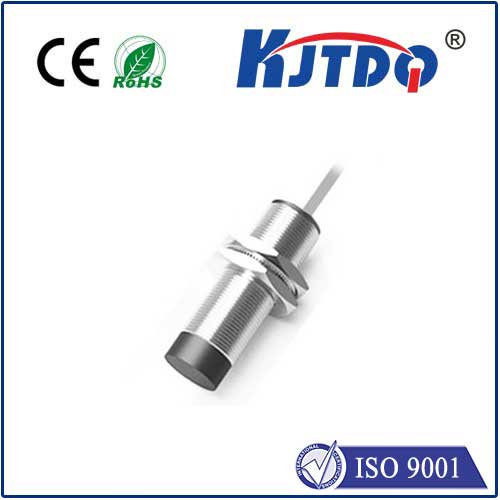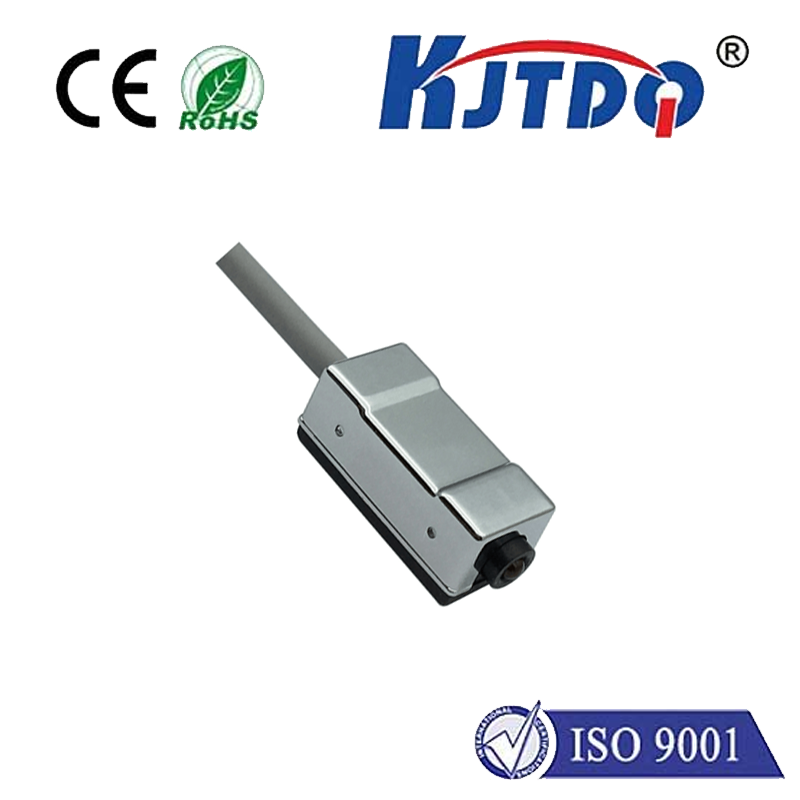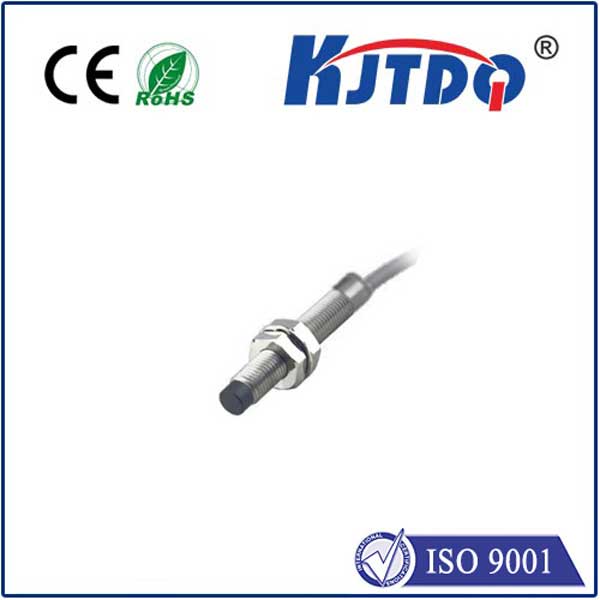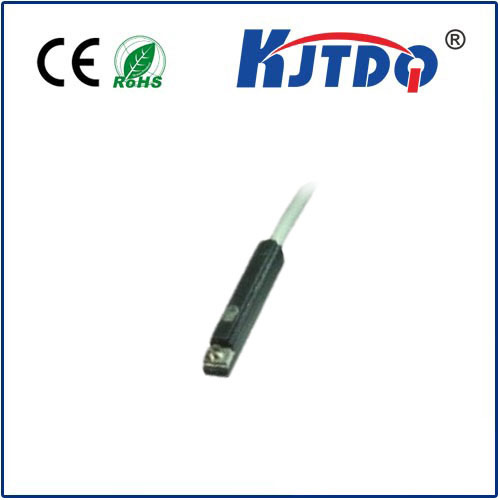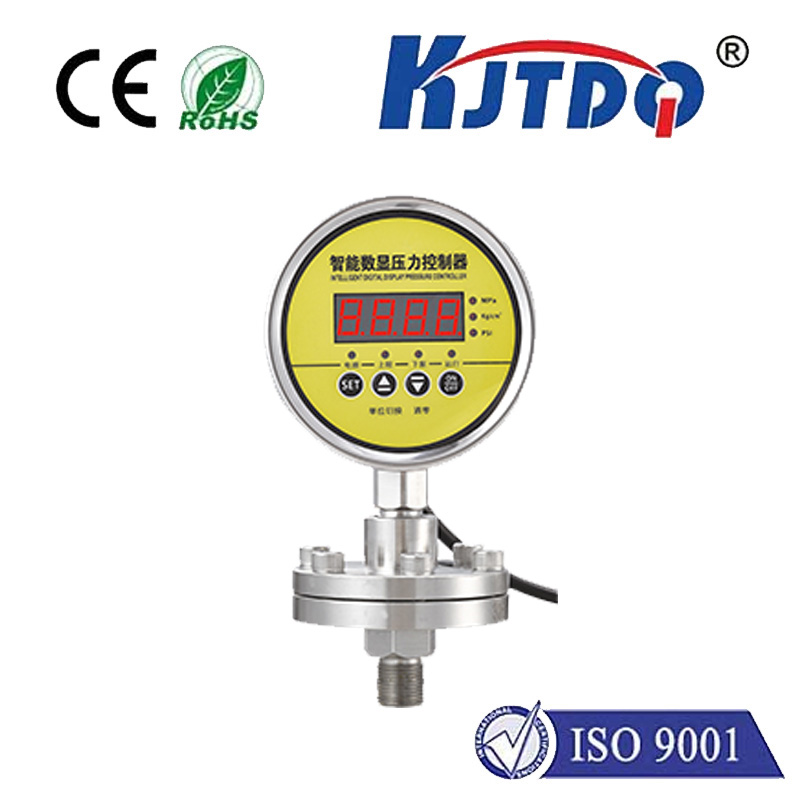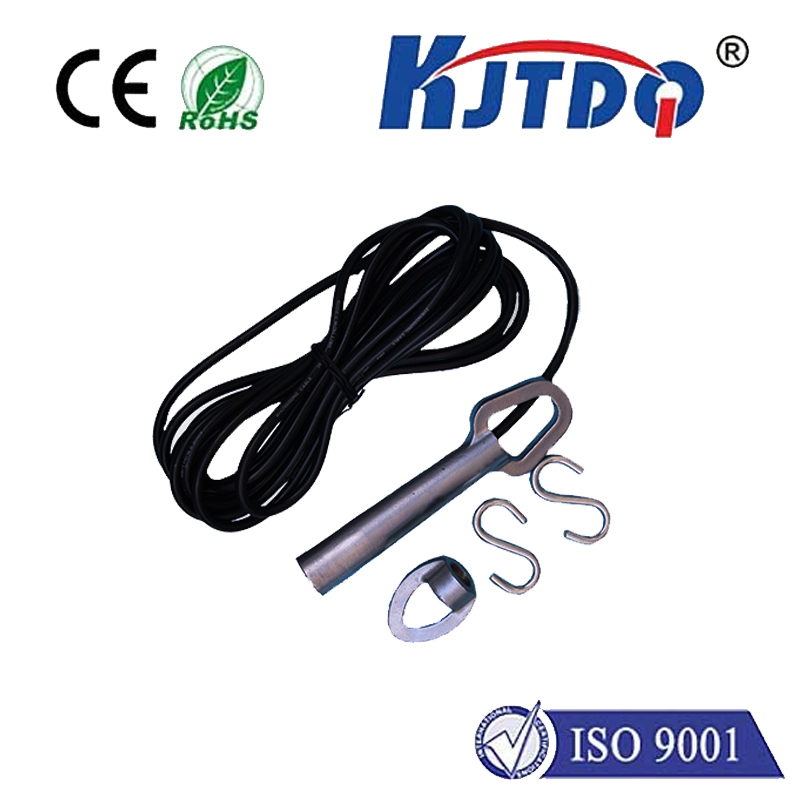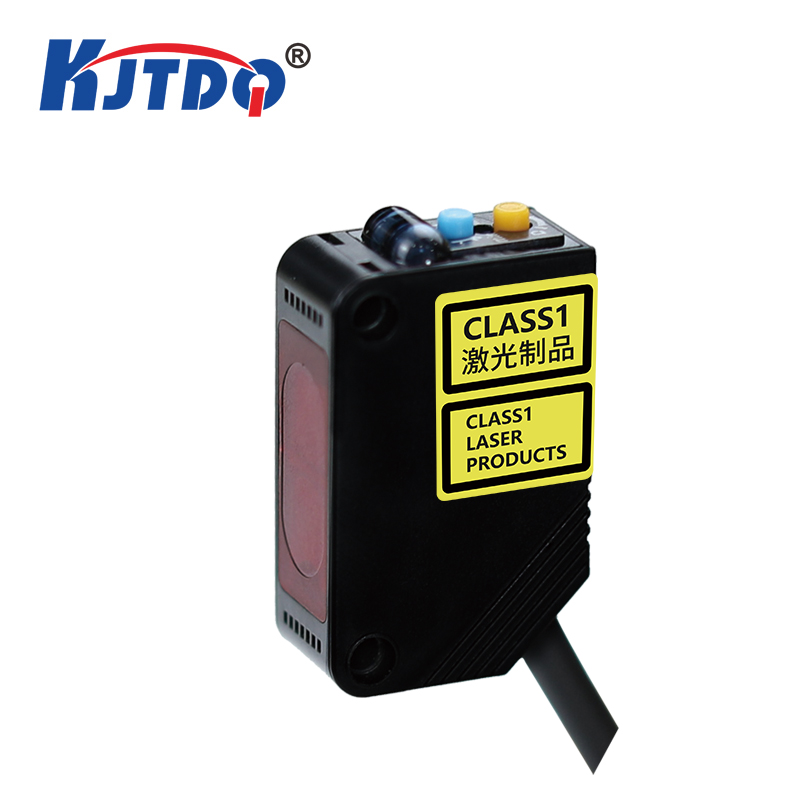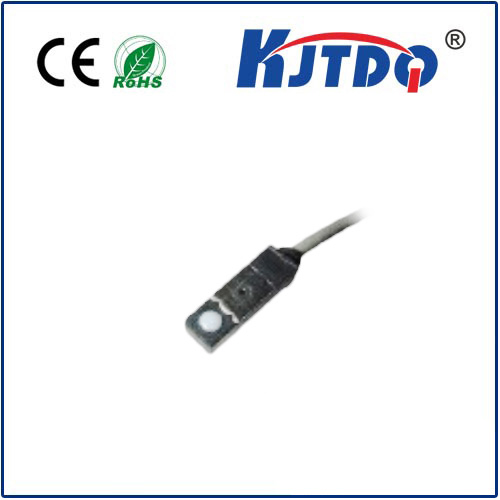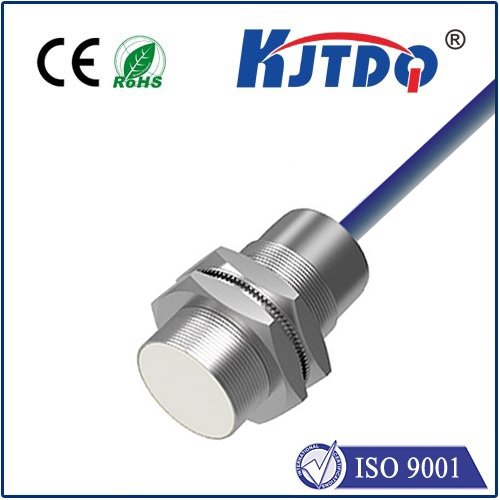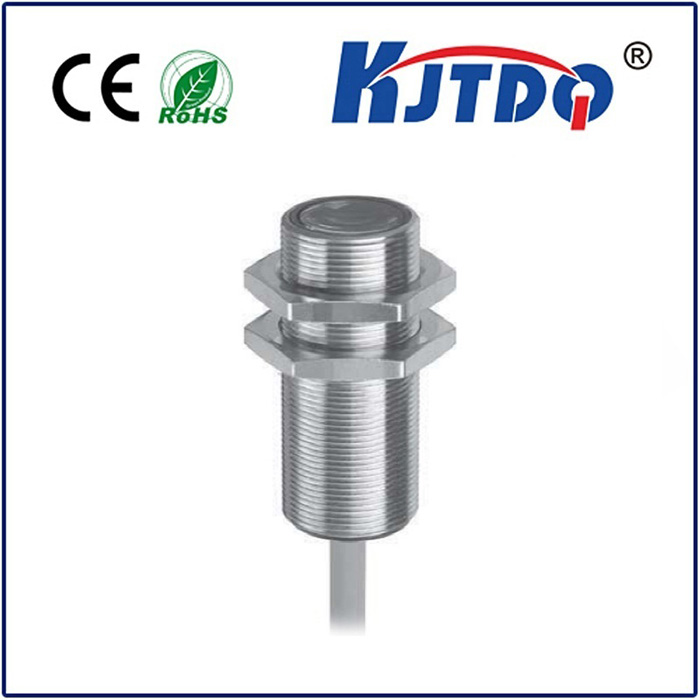BES04FU high pressure proximity sensor
- time:2025-10-17 01:41:01
- Click:0
BES04FU Proximity Sensor: Uncompromising Detection in Extreme Pressure Environments
Imagine a massive hydraulic arm smoothly lifting tons of precision components within a fraction of a millimeter tolerance, deep inside an injection molding machine operating under crushing pressures. Or picture sterile fluid paths in high-pressure pharmaceutical processing, demanding flawless control. In these critical, high-stakes environments, reliable object detection isn’t convenient—it’s mission-critical. Conventional sensors often falter, succumbing to the immense forces or contaminated conditions. Precision demands resilience. Enter the BES04FU high pressure proximity sensor, a purpose-built solution designed to thrive where standard sensors simply cannot.
The Unseen Challenge: Why High Pressure Demands Specialized Sensing
Many industrial processes generate exceptionally high pressures. Hydraulic systems powering heavy machinery, injection molding machines compacting plastic, compressors creating intense force, and even high-pressure cleaning or chemical dosing systems – these environments exert continuous, immense physical stress on components submerged within or directly exposed to the pressurized medium. Standard inductive proximity sensors, while robust in typical factory settings, often feature housings or sealing methods not engineered to withstand sustained pressures exceeding hundreds of bars. Failure points include:
- Seal Collapse: Pressure can deform or breach standard seals, allowing ingress of hydraulic fluid, oil, water, or contaminants.
- Housing Distortion: Non-reinforced sensor housings can warp or crack under sustained radial or axial loads.
- Performance Degradation: Even slight seal compromise or housing movement can alter the detection field, leading to unreliable switching or complete failure.
The consequences are costly: unplanned downtime, damaged equipment, compromised product quality, and safety hazards. This is the operational reality the BES04FU was engineered to overcome.

Engineered Fortitude: Core Features of the BES04FU High Pressure Proximity Sensor
The BES04FU isn’t just resistant to pressure; it’s specifically validated and optimized for these punishing conditions. Its defining characteristics form a fortress against environmental extremes:
- Exceptional Pressure Tolerance: While exact specifications depend on the model variant and housing configuration, the BES04FU is rigorously tested to reliably operate under specific high-pressure ranges, often reaching several hundred bar (e.g., 250 bar, 350 bar, or higher). This capability is a core differentiator.
- Robust Stainless Steel Housing: Typically constructed from V4A (AISI 316L) stainless steel, the sensor body provides outstanding resistance to corrosion from oils, coolants, cleaning agents, and aggressive media common in hydraulic and industrial settings. This material choice also offers high mechanical strength.
- High IP Rating (IP67+): Achieving at least IP67 (Ingress Protection), the BES04FU is completely protected against dust ingress and can withstand temporary immersion in water. This ensures reliable operation in wet, oily, or dusty environments beyond just pressure concerns. Many variants achieve higher ratings (IP68/IP69K) for even harsher washdown or submerged conditions.
- Advanced Sealing Technology: Crucial for high-pressure integrity, the BES04FU employs specialized sealing concepts, such as the “Barruflex” principle found in specific series. This design creates a pressure-equalizing effect that cleverly utilizes the ambient pressure itself to enhance the seal’s effectiveness, rather than solely relying on it to resist deformation.
- Reliable Inductive Sensing Principle: As an inductive sensor, the BES04FU detects the presence of metal target objects *without any physical contact*. An electromagnetic field generated by the sensor’s coil is disturbed by a nearby ferrous or non-ferrous metal target, triggering a solid-state switch (PNP or NPN output, depending on the model). This contactless operation is inherently resistant to wear.
- Compact Design: Despite its robustness, the sensor often features a compact cylindrical form factor (e.g., M12 or M18 threaded barrel), facilitating installation in space-constrained locations within hydraulic cylinders, valve blocks, or machine platens.
How It Delivers Reliable Detection: The Workhorse in Action
The operational principle remains elegantly simple, leveraging proven inductive technology within an extraordinarily robust package:
- Field Generation: Inside the sensor head, an oscillator generates a high-frequency electromagnetic field.
- Field Interaction: When a metal object (the “target”) enters this field, eddy currents are induced on the surface of the metal object.
- Energy Absorption: These eddy currents absorb energy from the oscillator circuit.
- Signal Processing: The resulting change in oscillation amplitude within the sensor circuit is detected by an evaluation circuit.
- Switching Output: Based on the amplitude change meeting the defined switching threshold, the sensor’s output stage (solid-state switch) toggles its state (e.g., from OFF to ON or vice-versa), providing a clear signal to the control system (PLC) indicating the target’s presence or absence.
The critical magic of the BES04FU lies in maintaining this precise functionality flawlessly, even while submerged in oil or other media and subjected to crushing external pressures that would disable lesser sensors. Its robust construction ensures the internal oscillation and detection components remain perfectly calibrated.
Where Fortitude Meets Precision: Key Applications
The BES04FU high pressure proximity sensor finds its indispensable role in numerous demanding industries:
- Hydraulic Systems: Position sensing for piston rods *inside hydraulic cylinders*, detecting cylinder end positions, monitoring valve spool positions, and verifying tool clamping within presses. This is perhaps the most iconic application.
- Injection Molding Machines: Verifying mold clamping force and position, detecting ejector plate positions, and ensuring core pulls within the high-pressure injection environment.
- Die Casting Machines: Monitoring core shots, mold movements, and safety door positions under pressure.
- Compressors & Pumps: Detecting piston positions or valve actuation points within high-pressure chambers.
- Test Benches: Monitoring component positions or pressures within hydraulic and pneumatic test rigs.
- High-Pressure Processing: Monitoring valves, actuators, or component positions in food processing (HPP) or chemical reactors operating under extreme pressure.
- Marine & Offshore: Position feedback on hydraulic winches, stabilizers, and thrusters exposed to seawater pressure and harsh conditions.
Beyond Pressure: The Tangible Benefits
Choosing the BES04FU translates into measurable operational advantages:
- Maximized Uptime: Dramatically reduce unplanned downtime caused by sensor failure within critical high-pressure points of machinery.
- Enhanced Process Reliability: Ensure consistent, repeatable positioning and detection, directly contributing to product quality and process stability.
- Reduced Maintenance Costs: The exceptional durability and long lifespan minimize replacement intervals and associated labor costs.
- Improved Safety: Reliable detection contributes to safe machine operation by ensuring components are correctly positioned before initiating high-pressure cycles.
*






